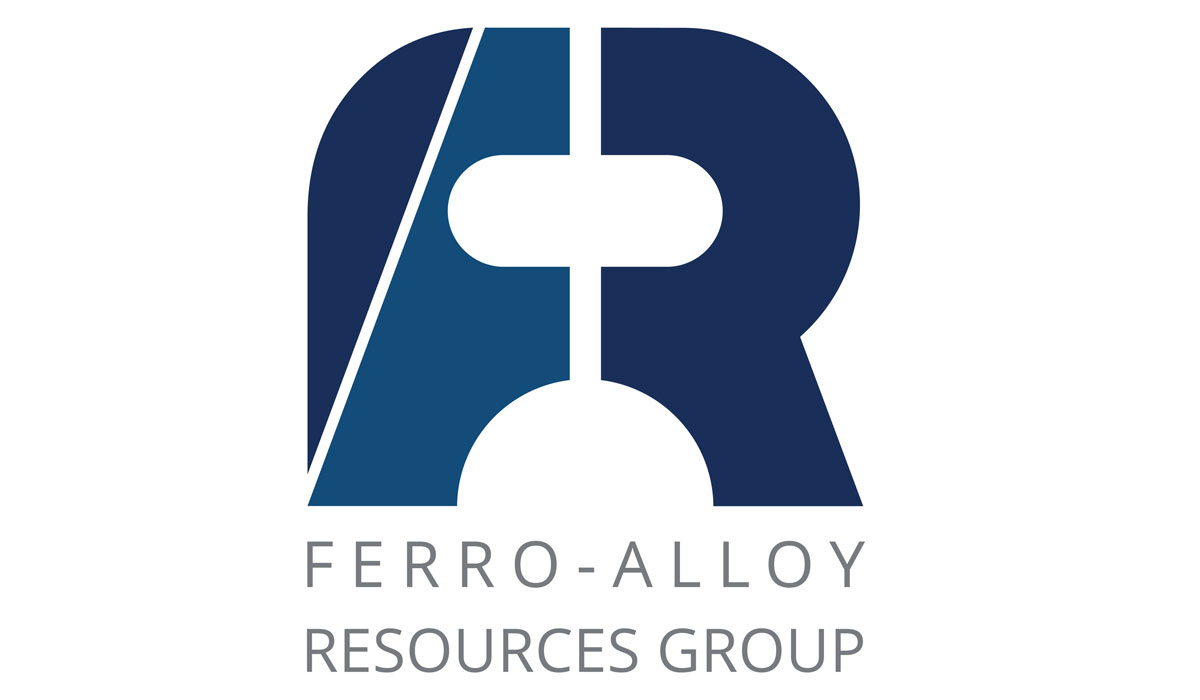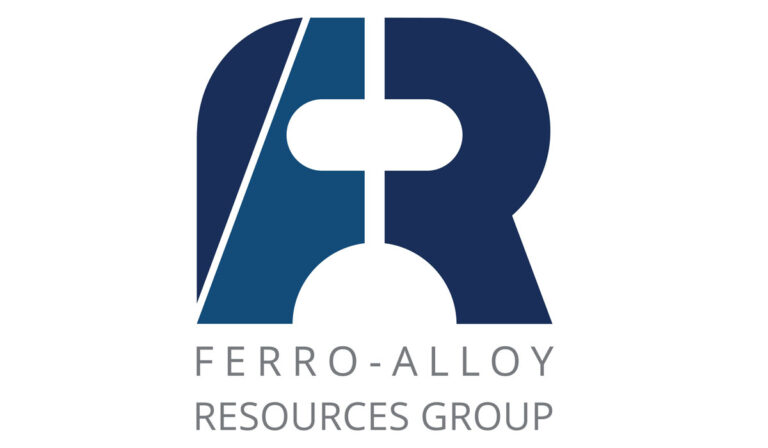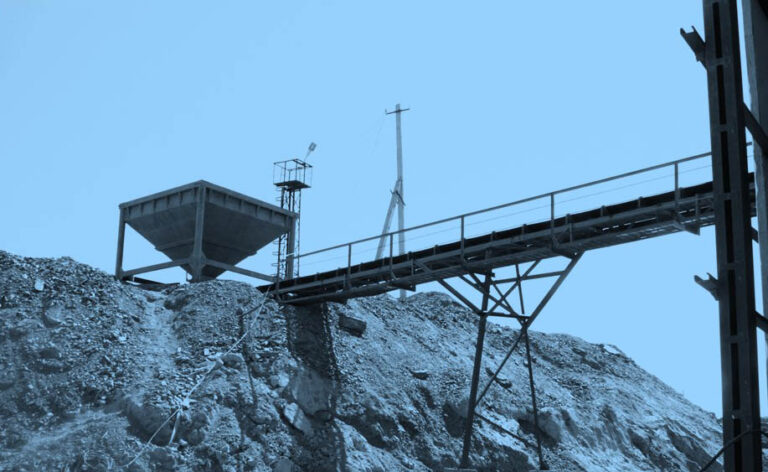A fine metallic element once confined to alloy and steel use is quietly being recast as a cornerstone of future energy solutions, inviting a fresh look from those plotting long-term portfolios.
Beneath the surface of commodity markets, an intriguing shift is taking shape. Vanadium, renowned for its toughness and corrosion resistance, is stepping beyond its traditional role in high-strength steel and forging a new identity in large-scale energy storage. This evolution is not merely technical but strategic, opening avenues for investors to position themselves at the crossroads of mining, manufacturing and grid-level battery deployment.
In recent years, ramping steel demand in construction and automotive sectors sustained vanadium’s baseline consumption, yet it was the advent of vanadium redox flow batteries (VRFBs) that genuinely elevated market interest. Unlike lithium-ion batteries, VRFBs leverage vanadium ions dissolved in electrolyte solutions to store and release energy, offering compelling advantages in longevity and scalability. A single system can cycle tens of thousands of times with negligible capacity fade, lending itself to applications where consistent, multi-hour discharge is critical. As grid operators seek substitutes for fossil-fired peaker plants, VRFBs present a tantalising option, promising both cost predictability and operational resilience.
Behind this technological promise lies a practical challenge: securing a stable supply of vanadium at competitive costs. Historically, the lion’s share of production originated as a by-product of titanium dioxide or iron mining, notably in regions such as China and South Africa. This indirect route has sometimes bred supply fluctuations in response to unrelated commodity cycles, introducing volatility that can rattle investors. Recognising this, a new wave of dedicated vanadium mine developments is emerging, particularly in Australia and North America, aiming to insulate the market from by-product swings. These projects, often based on primary vanadium ore bodies, carry higher upfront capital requirements but promise greater supply predictability once in operation.
Cost dynamics further complicate the picture. Vanadium prices have oscillated widely depending on steel-sector demand and regulatory impacts on scrap feedstocks. Such swings affect the economics of VRFB installations, given that electrolyte typically accounts for a quarter or more of total system cost. Yet, recent advances in electrolyte regeneration and electrolyte leasing models are softening the blow of raw-material swings. Under these schemes, developers supply the electrolyte under long-term contracts, shifting price risk back to specialised suppliers who can absorb fluctuations through broader metal portfolios or hedging strategies. This financial innovation enhances project bankability and makes VRFBs more appealing to cautious utilities and corporate off-takers.
Meanwhile, policy trends are tilting in favour of long-duration storage. Governments in Europe and North America are drafting incentive frameworks that reward discharge duration alongside capacity, lifting the visibility of VRFBs. Unlike lithium-ion systems optimised for rapid charge-discharge cycles, flow batteries excel when long discharge windows and frequent depth-of-discharge events are required. As renewable capacities expand, these attributes become ever more prized for balancing wind and solar intermittency overnight or across multi-day low-sun periods. For investors, this regulatory tailwind could translate into a premium on projects underpinned by flow-battery technology.
On the demand side, corporate power purchasers are increasingly drawn to storage solutions that align with sustainability targets and risk mitigation. Whereas lithium-ion deployments may satisfy capacity needs, concerns over raw-material sourcing, thermal runaway and degradation rates prompt end-users to explore alternatives. VRFB proponents highlight the system’s separation of power and energy components, allowing independent scaling and maintenance without full pack replacement. Over a 20-year horizon, this can mean substantial savings and lower environmental footprints, an argument that resonates in procurement committees focused on total-cost-of-ownership rather than upfront capex alone.
Ferro-Alloy Resources Ltd (LON:FAR) is developing the giant Balasausqandiq vanadium deposit in Kyzylordinskaya oblast of southern Kazakhstan. The ore at this deposit is unlike that of nearly all other primary vanadium deposits and is capable of being treated by a much lower cost process.












































